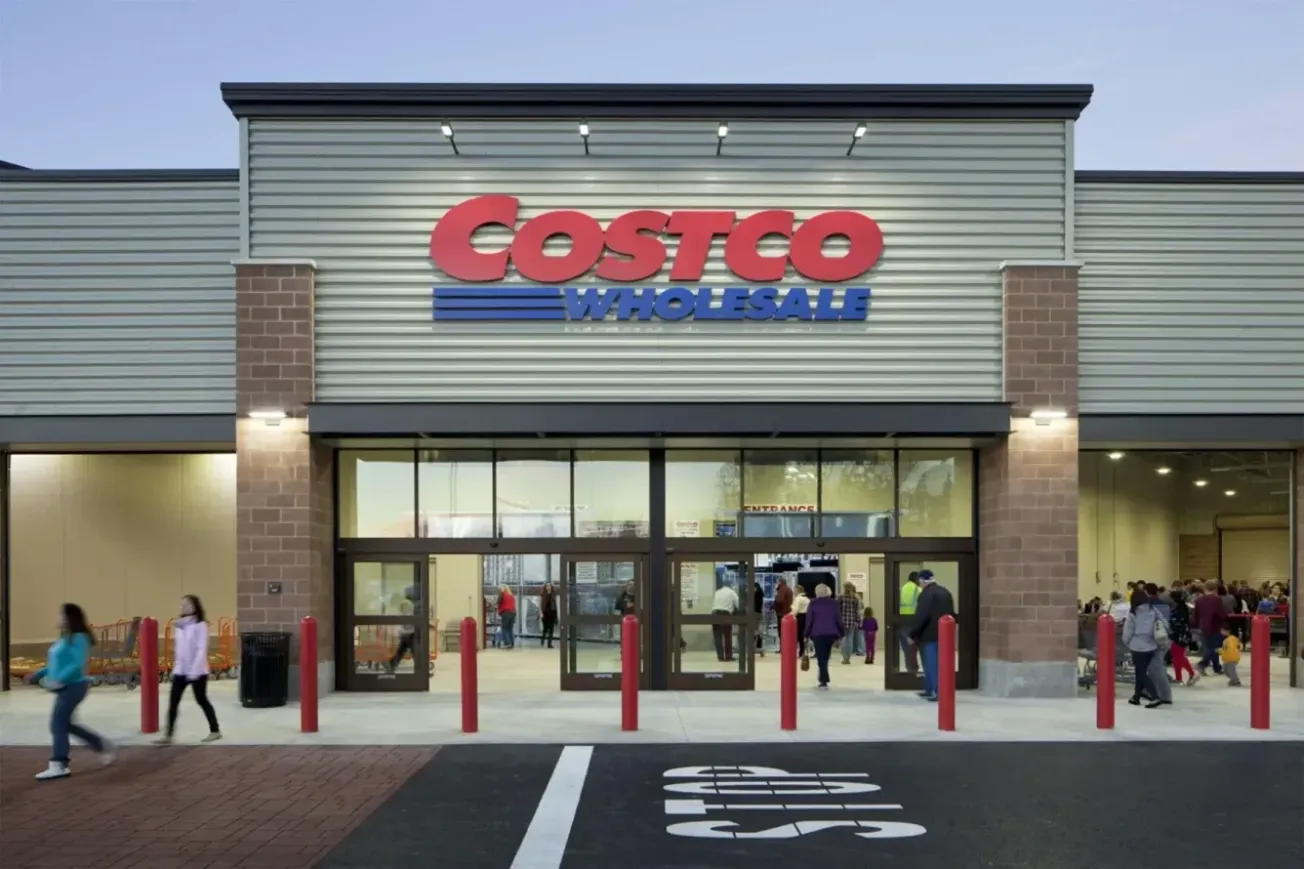Always a major factor in determining where people choose to shop, the concept of convenience is now continually redefined by rapid advances in technology. Consumers can, of course, turn to e-commerce to order products and services anytime, anywhere, and usually expect to receive them in short order, and digital devices enable them to access detailed information about merchandise and pricing at competing retailers at the touch of a button.
 More recent developments promise to alter the transactional nature of traditional retailing by doing away with the need for customers to interact with cashiers. So-called frictionless checkout allows shoppers to identify themselves when they arrive at a store, usually via an app on their cellphone, and then proceed to browse the aisles, take the products they desire and walk out. Sensors and cameras embedded in the ceiling, on shelving and other places in the store track purchases and send data to computers, which use artificial intelligence to create invoices and quickly send them to customers.
More recent developments promise to alter the transactional nature of traditional retailing by doing away with the need for customers to interact with cashiers. So-called frictionless checkout allows shoppers to identify themselves when they arrive at a store, usually via an app on their cellphone, and then proceed to browse the aisles, take the products they desire and walk out. Sensors and cameras embedded in the ceiling, on shelving and other places in the store track purchases and send data to computers, which use artificial intelligence to create invoices and quickly send them to customers.
Though still in its infancy, cashierless checkout is slowly making its way into stores in the United States and is more widespread in Asia. Amazon Go is the most prominent example of the format in this country. A total of 16 of the outlets are in operation in Seattle, San Francisco, Chicago (where two additional units are slated to debut) and New York. Coresight Research reports that retailers in China currently have some 2,000 unstaffed stores. Many other mass market retailers are experimenting with frictionless checkout. Ahold Delhaize, to name just one, has tests under way in Europe and the U.S., where its Retail Business Services division developed a workable model with impressive speed and efficiency.
Frictionless technology has some advantages. Customers in a hurry can get in and out of the store more quickly, and retailers can reassign personnel to other tasks or cut labor costs. But there are downsides. In unstaffed stores, simple things like replenishing shelves when products are out of stock and helping customers who want help become real issues.
While cashierless checkout and unstaffed stores probably make sense in some circumstances, traditional retailers should think carefully before they rush to abandon one of their greatest strengths — the loyalty created by interaction between associates and customers. The social aspect of shopping is one of the things that makes the task enjoyable. Take that away and people have one less reason to go to the store rather than turning to the internet when they want to make a purchase.





